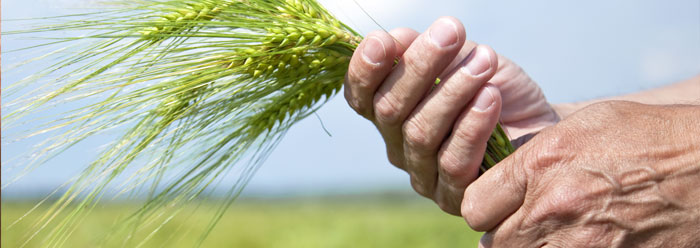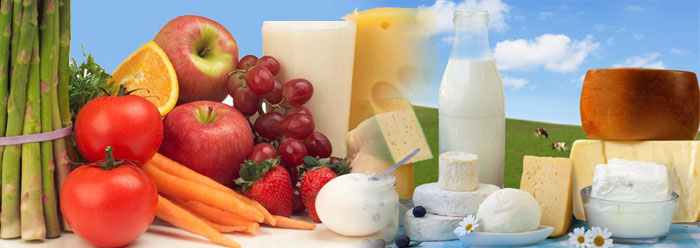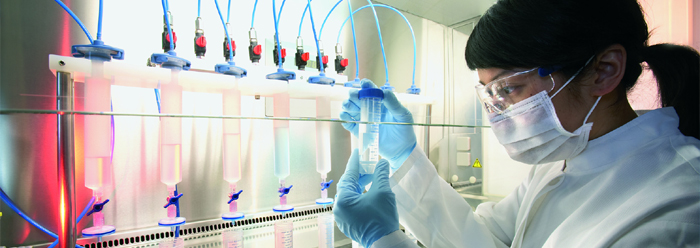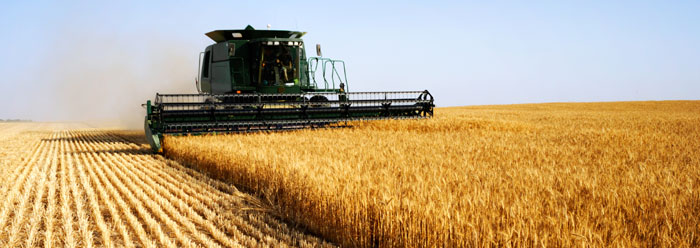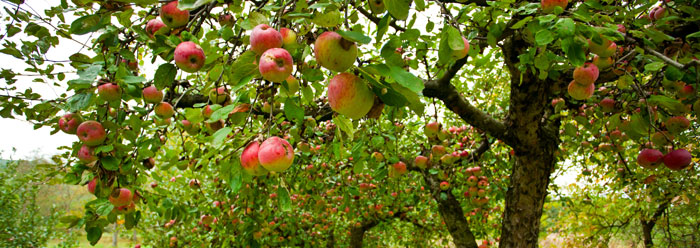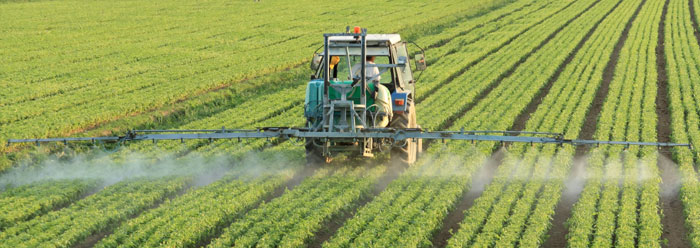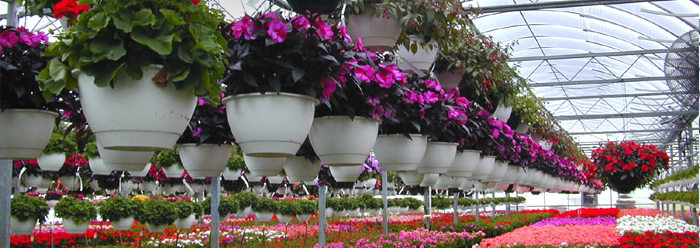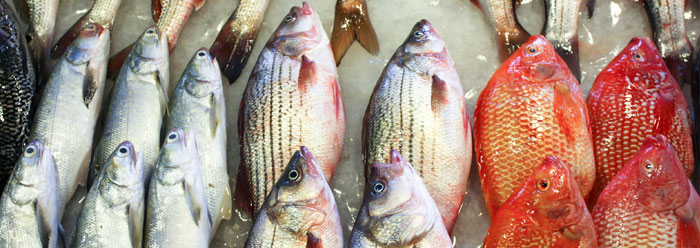|
|
| Agrovetbuzz Articles |
|
GREEN TO EVERGREEN REVOLUTION: A SHORT APPROACH 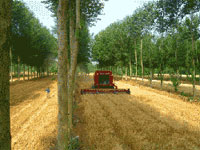 D.K.meena1 B.S.meena2 Ajesh kumar3 and J.P.Sehgal4 D.K.meena1 B.S.meena2 Ajesh kumar3 and J.P.Sehgal4Ph.D. Scholar, Division of Dairy Extension, NDRI, Karnal (Haryana)-132001 2Senior Scientist Division of Dairy Extension, NDRI, Karnal (Haryana)-132001 3Ph.D. Scholar, Division of LPM, NDRI, Karnal (Haryana)-132001 4Principal scientist, DCN Division, NDRI, Karnal (Haryana)-132001 Introduction India has progressed from the status of begging bowl to a self sufficiency status. This was made possible with the advent of Green Revolution technologies in our agricultural history. Beyond any doubt green revolution served its purpose by way of triggering our food grain production. The last 10 years have witnessed a fatigue in the green revolution with the growth rate in food grain production falling below population growth. Thus human numbers are increasing faster than our capacity to make the goal of food for all a reality. According to the union planning commission, we are off track in achieving the UN millennium development goal of reducing the number of hungry persons by half by 2015. Our Honorable Prime Minister Dr. Manmohan Singh also emphasized the need to double annual food grain production from 210 mt. to 420 million tonnes by 2020, which is also a benchmark year for achieving the UN MDGs. This will call for producing at least 160 million tonnes of rice from 40 million ha. and 100 million tonnes of wheat from 25 million ha. Pulses, oilseeds, maize and millets will have to contribute 160 million tonnes. In addition, the national goal is to raise the production of vegetables and fruits to over 300 million tonnes by 2015., (Swaminathan, 2006). |





